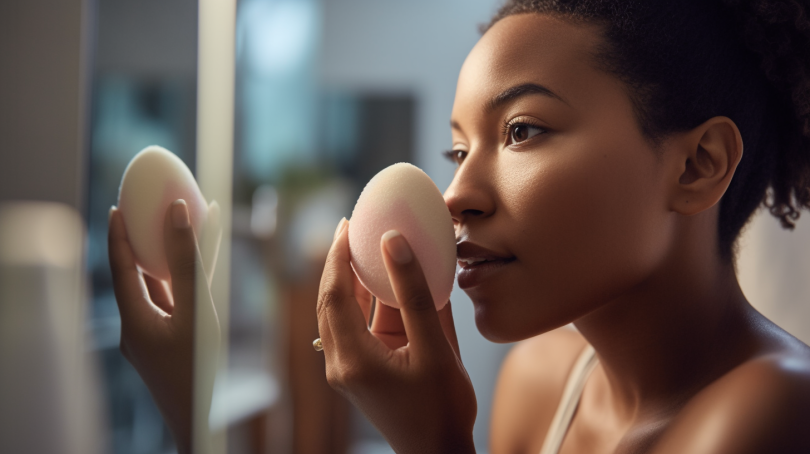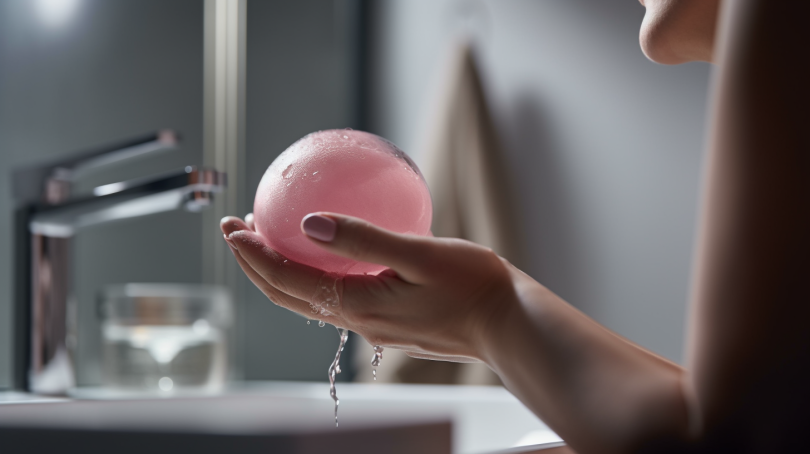How to Prevent Razor Burn: Expert Tips and Effective Techniques
Razor burn is a common annoyance that many people experience after shaving. It can cause redness, irritation, and discomfort, making the skin look and feel inflamed. But fear not! There are several expert tips and effective techniques you can implement to prevent razor burn and achieve a smooth, irritation-free shave. In this comprehensive guide, we will explore the causes of razor burn and provide you with step-by-step instructions on how to prevent it. Whether you’re a beginner or an experienced shaver, these tips and techniques will help you achieve a close shave without the unwanted side effects of razor burn.
Understanding Razor Burn: Causes and Symptoms
Razor burn occurs when the skin becomes irritated after shaving. It can manifest as redness, itchiness, small bumps, or even ingrown hairs. Understanding the causes and symptoms of razor burn is crucial in preventing it effectively.
The Causes of Razor Burn
Razor burn is primarily caused by improper shaving techniques or using dull blades. Here are some common factors that contribute to razor burn:
- Using a dull blade: When your razor blade is dull, it drags against the skin instead of gliding smoothly. This friction can cause irritation and inflammation.
- Shaving against the grain: Shaving in the opposite direction of hair growth increases the likelihood of razor burn as it requires more passes over the same area.
- Applying too much pressure: Pressing too hard while shaving can damage the skin’s surface and lead to irritation.
- Dry shaving: Shaving without lubrication can cause excessive friction and increase the chances of razor burn.
- Using harsh products: Certain shaving creams or gels containing alcohol or fragrances may irritate sensitive skin and contribute to razor burn.
The Symptoms of Razor Burn
Razor burn can vary in severity, but common symptoms include:
- Redness and inflammation
- Itchiness or a burning sensation
- Small bumps or pimples
- Tenderness or sensitivity to touch
Expert Tips to Prevent Razor Burn
1. Prepare Your Skin and Hair
Proper preparation is key to preventing razor burn. Start by cleansing your skin with warm water and a gentle cleanser to remove any dirt, oil, or bacteria that could clog your pores. Then, follow these steps:
- Exfoliate: Use a gentle exfoliating scrub or brush to slough off dead skin cells and lift any trapped hairs. This will help prevent ingrown hairs and allow for a closer shave.
- Hydrate: Apply a warm towel or take a hot shower before shaving to soften the hair and open up the pores. This will make it easier for the razor blade to glide smoothly over the skin.
2. Choose the Right Razor and Blade
The type of razor you use can greatly impact your shaving experience. Consider the following when selecting a razor:
- Razor type: Opt for a high-quality razor that suits your preferences. Whether it’s a cartridge razor, safety razor, or electric razor, choose one that provides a comfortable grip and allows for easy maneuverability.
- Razor blade: Replace your razor blades regularly, as dull blades can cause more irritation and contribute to razor burn. A sharp blade will provide a smoother shave with fewer passes.
3. Use a Shaving Cream or Gel
A good shaving cream or gel acts as a protective barrier between the razor and your skin, reducing friction and preventing irritation. Look for products that are formulated for your skin type and free from harsh chemicals or fragrances. Here’s how to apply it:
- Wet your face: Splash some warm water on your face to further hydrate the skin.
- Dispense the product: Apply a small amount of shaving cream or gel onto your fingertips.
- Massage onto the skin: Gently massage the product onto your damp skin in circular motions, ensuring even coverage.
4. Master Your Shaving Technique
The way you shave plays a significant role in preventing razor burn. Follow these steps for a smooth and irritation-free shave:
- Shave with the grain: Always shave in the direction of hair growth to minimize irritation and ingrown hairs.
- Use light pressure: Let the weight of the razor do the work. Applying too much pressure can irritate the skin.
- Rinse frequently: Rinse your blade under warm water after each stroke to remove any hair or product buildup that could clog the blades.
- Avoid multiple passes: Try to achieve a close shave in one or two passes to reduce friction on the skin.
5. Post-Shave Care
After shaving, it’s essential to take care of your skin to prevent further irritation and promote healing. Follow these post-shave tips:
- Rinse with cold water: Splash your face with cold water to soothe the skin and close the pores.
- Apply a soothing balm: Use an alcohol-free aftershave balm or lotion to hydrate and calm the skin.
- Avoid touching or scratching: Give your skin time to heal without aggravating it by touching or scratching the shaved area.
Razor Burn Remedies
If you still experience razor burn despite taking preventive measures, don’t worry! There are several remedies you can try to alleviate the discomfort:
- Aloe vera gel: Apply aloe vera gel to the affected area to soothe inflammation and provide relief.
- Cold compress: Place a damp, cold towel on the irritated skin for a few minutes to reduce redness and swelling.
- Hydrocortisone cream: Use an over-the-counter hydrocortisone cream to reduce itching and inflammation.
- Natural oils: Coconut oil, tea tree oil, or lavender oil can help moisturize the skin and reduce irritation. Apply a small amount to the affected area.
In Conclusion
Razor burn is an avoidable nuisance that can be prevented with proper techniques and care. By preparing your skin, choosing the right tools, using quality products, mastering your shaving technique, and practicing post-shave care, you can say goodbye to the discomfort of razor burn. Remember, everyone’s skin is unique, so don’t hesitate to experiment with different methods and products until you find what works best for you. With these expert tips and effective techniques, you’ll be on your way to achieving a smooth and irritation-free shave every time.




